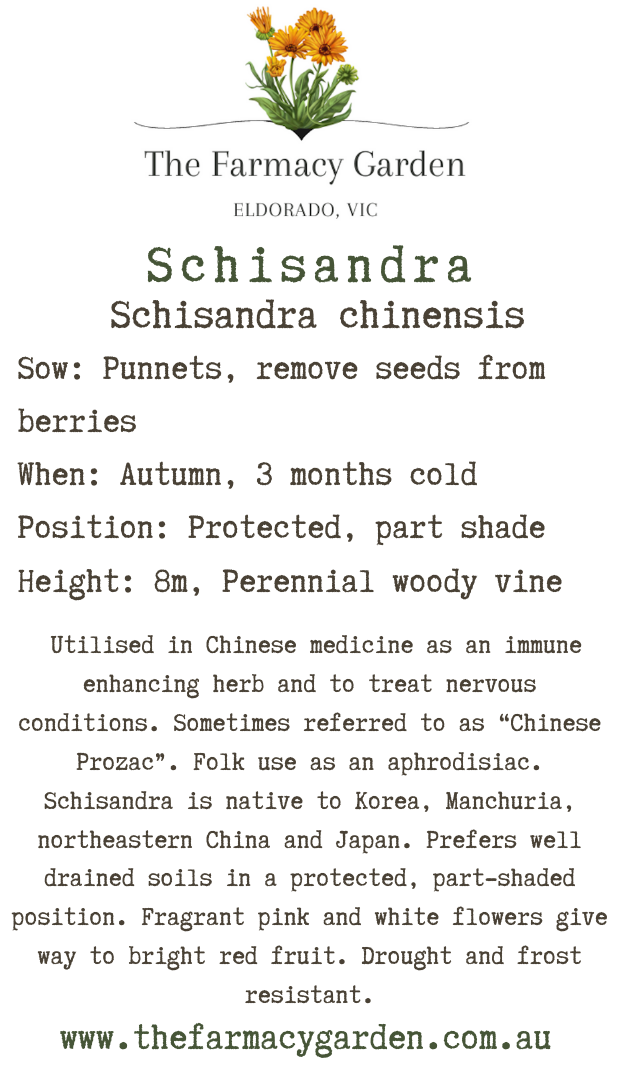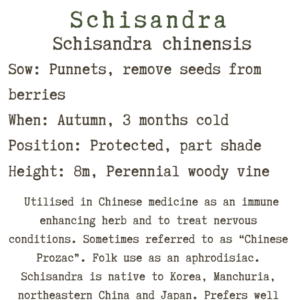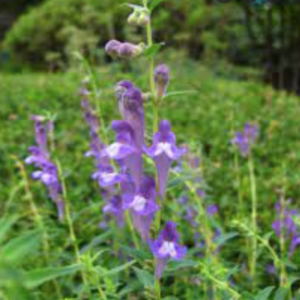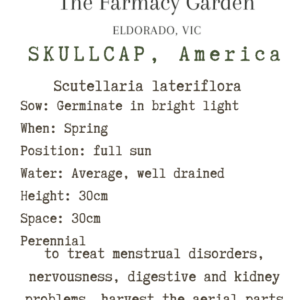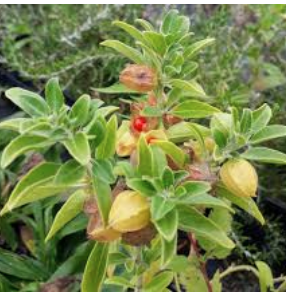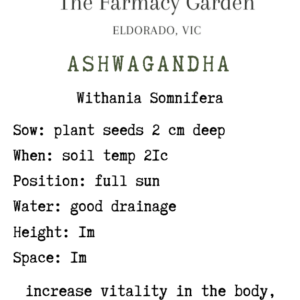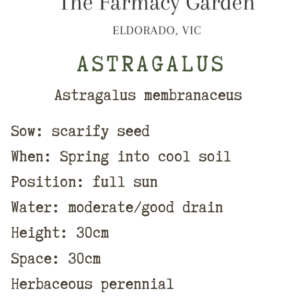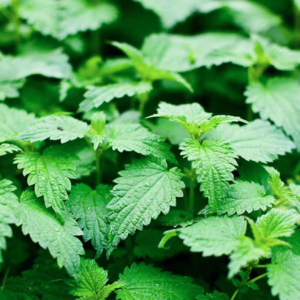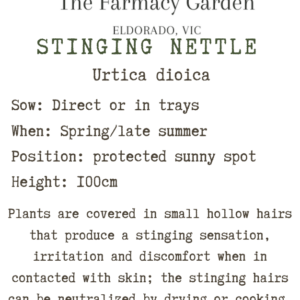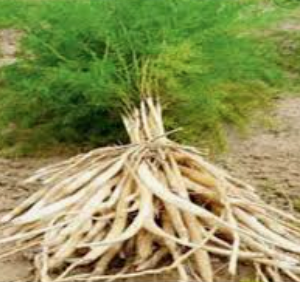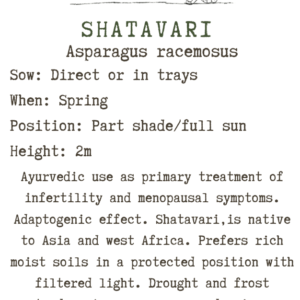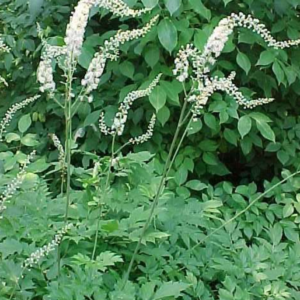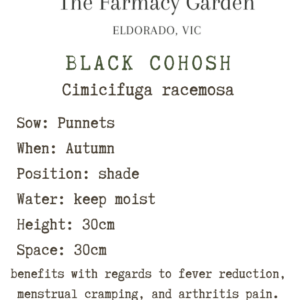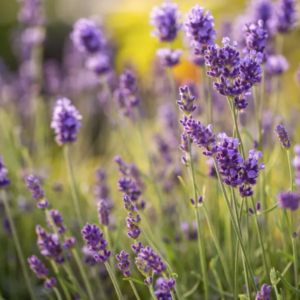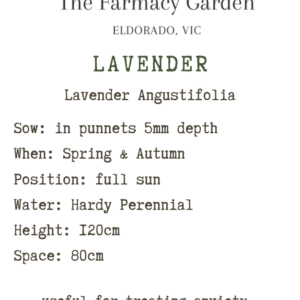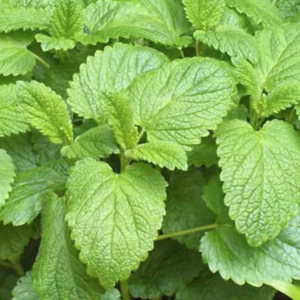Schisandra Seed, Schisandra chinensis
$8.50
(Wu-wei-zi) Perennial woody vine. Native to Manchuria, northeastern China and Japan. The odoriferous pink or white flowers give way to bright red fruit which droops down in clusters from the vine. This is known as the many-flavored berry. The taste is sour. Traditional usage (TCM): appetite stimulant, immune-enhancement. Vine prefers moist soils and dappled shade, and really prefers to sprangle on the ground instead of climbing a trellis.
(Wu-wei-zi) Perennial woody vine. Native to Manchuria, northeastern China and Japan. The odoriferous pink or white flowers give way to bright red fruit which droops down in clusters from the vine. This is known as the many-flavoured berry. The taste is sour. Traditional usage (TCM): appetite stimulant, immune-enhancement. Vine prefers moist soils and dappled shade, and really prefers to sprangle on the ground instead of climbing a trellis.
GROW: Schisandra is one of the most difficult to germinate. The seeds have a hard seed coat which inhibits germination, and may well have a second dormancy mechanism that further complicates things. The seeds should be soaked overnight to soften the hard seed coat; or as is sometimes the practice in China, seeds are treated with acid to remove part of the seed coat. Concentrated sulphuric acid is used: the seeds are soaked in acid for at least 10 minutes until they begin to swell and then rinsed thoroughly in running water. Concentrated sulphuric acid is very hazardous to work with: be sure to wear protective gloves and goggles when working with it. In China, seeds are then sown in outdoor seedbeds, in rows 60 cm (2 ft) apart and covered with 0.5 cm (1/4 inch) of soil.
HARVEST: Plants need to be trellised on a high arbor like grapes or on a wall or fence. In Liaoning Province, China, the central area of harvest, vines are often cultivated in long rows on arbors. Plants should start to bear in three to four years.
Berries ripen in late summer or early Autumn. Pick when fully scarlet and process them fresh or dry them for later use.
USE: Schisandra is considered an adaptogen. Adaptogens are a class of natural substances that are believed to stimulate the body’s resistance to physical, environmental, and emotional stressors. The chemicals in schisandra also improve liver function and might increase energy, which can improve endurance and coordination.
People use schisandra for menopause, exercise performance, pneumonia, and many other purposes
Related products
Flower Seeds
Medicinal Herb Seeds
Flower Seeds
Medicinal Herb Seeds


